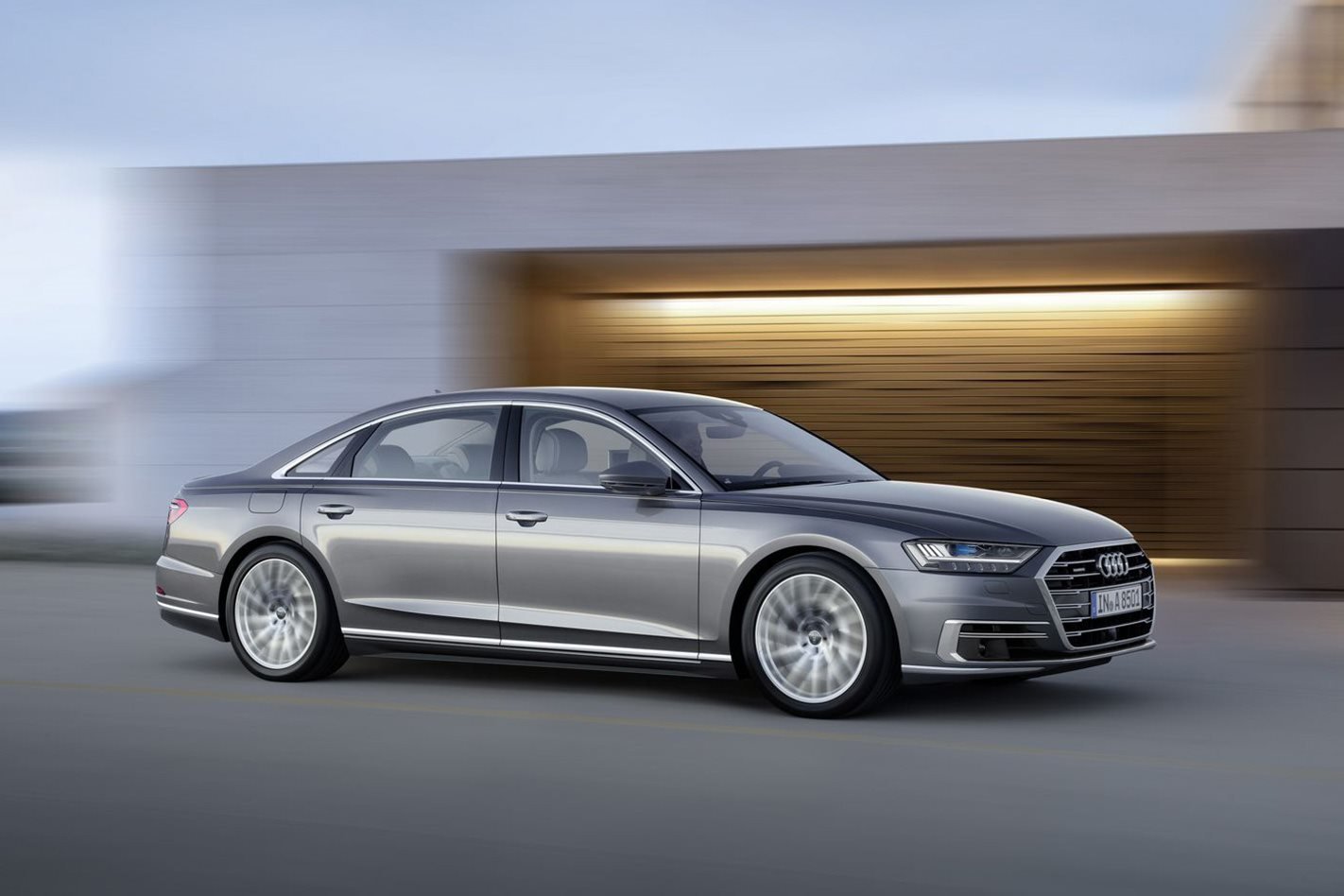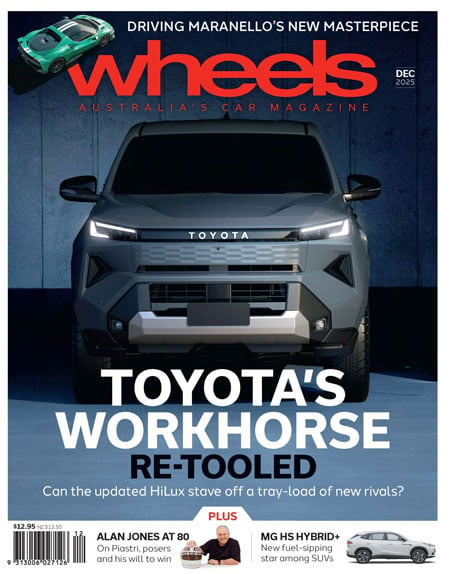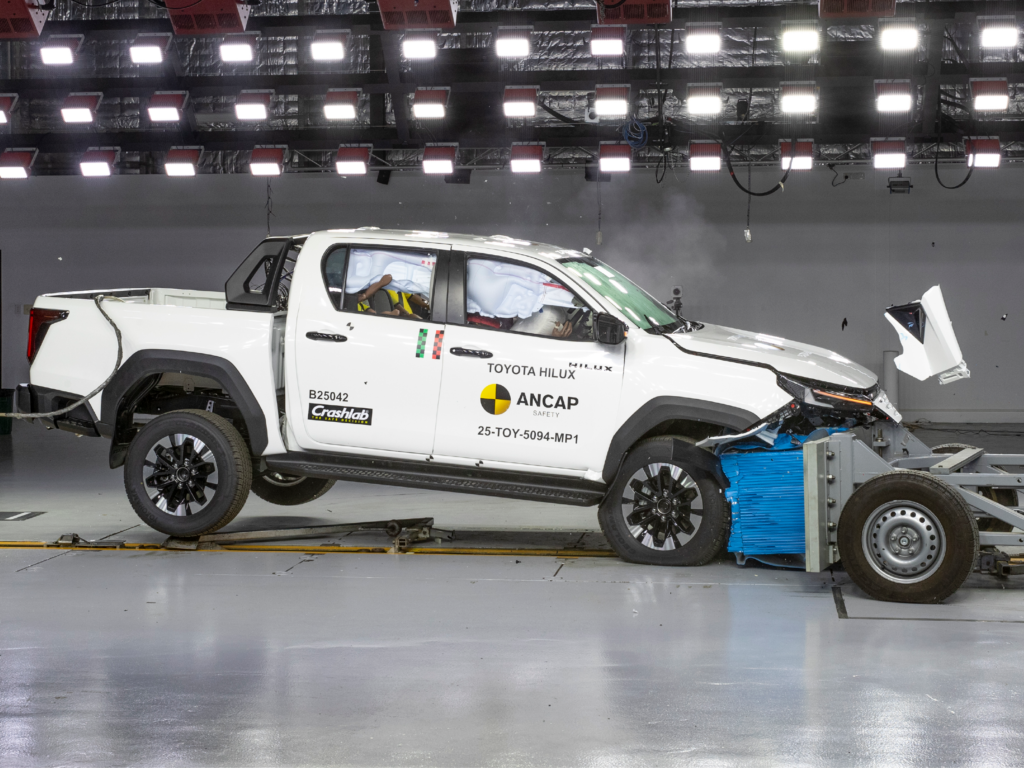AUDI’S new A8 luxury flagship is the world’s first production car to be developed with real-world level-three autonomy, allowing a driver to “do something else” while at the wheel, says Audi, but getting the system from prototypes to the road involved far more technology and innovation than you might think.
Here are seven of the critical systems the German car maker had to weave into its fourth-generation A8 to make level-three autonomy a reality.
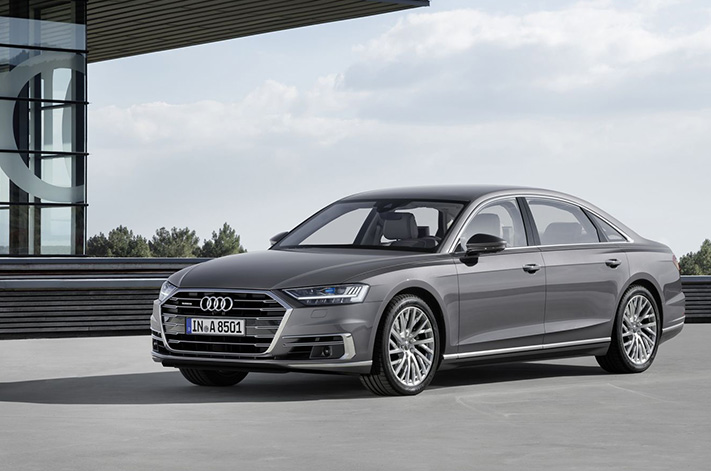
Redundant braking system – like all modern cars, the Audi A8 has a tandem hydraulic braking system, but it also incorporates a dual power system for the brakes as well. A power or control failure to one braking system will not result in brake failure.
Hybrid power back up – If a problem compromises the main drivetrain, hybrid A8 variants will be able to propel the vehicle to a safe location using one power source only, if there is a problem with either electric drive or its combustion engine.
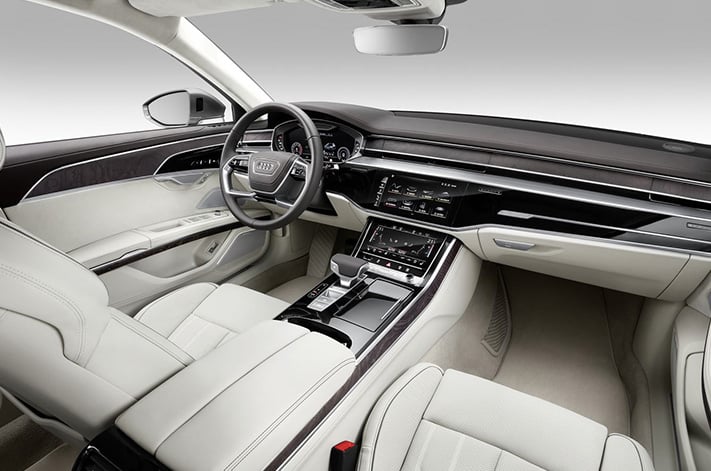
zFAS specialised control system – At the heart of the A8, the new zFAS central controller is comprised of two computers. A larger computer runs the various systems under normal conditions but a second smaller computer provides a backup. The pair of controllers constantly monitor each other to ensure electronic control is maintained.
Time-triggered ethernet – The A8’s extensive array of sensors, cameras and electronic systems are connected by the vehicle’s own ethernet system. Each task and system is allocated a specific time that it is permitted to communicate on the ethernet, which reduces error messages and increases communication speed. The process is repeated thousands of times a second.
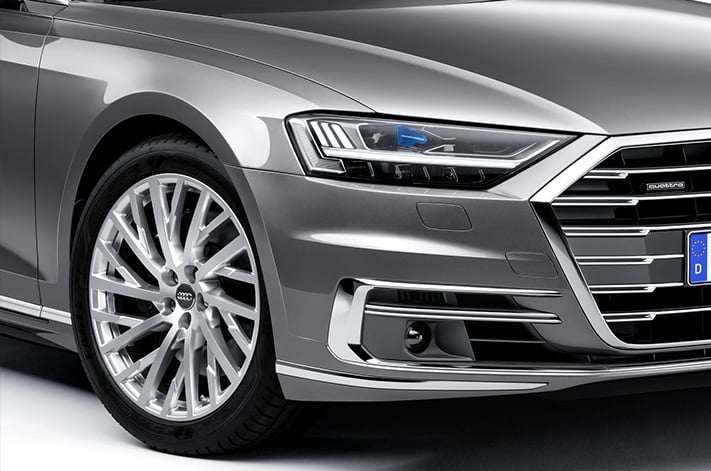
“We’re closing every single door that could lead to a problem. The A8 is the first car to have closed all those doors,” said Audi’s top autonomous technology engineer Alejandro Vukotich.


